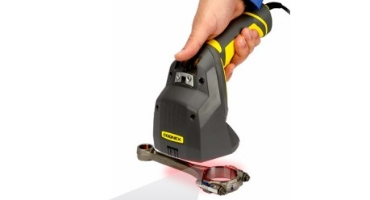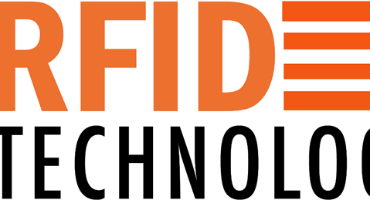From retail to manufacturers and brand owners to processing and packaging, in all industries use barcodes to track their products from production, work-in-progress to logistics and transporting to the point of sale, failures to scan barcodes easily and correctly can be catastrophic, slowing down production lines and causing costly re-prints, wasted product, and chargebacks and long hold-ups in long retail queues wasting time and money.
1D or 2D or even the Direct Part Marked (DPM) barcode verifiers guide manufacturers and producers through the ID barcode printing and ID marking process to create barcodes which meet required quality control standards and demonstrate compliance capturing and grading barcode images to verify compliance to industry Standards Compliance ISO/IEC 15415, 15426-2, TR-29158 (AIM DPM) with printed quality reports.
This guide provides an introduction to barcode verification standards and code quality process control. It is designed to help symbol producers determine whether verification is right for them and identify their specific verifier needs.
How do you determine when selecting a 1D or 2D or even the Direct Part Marked (DPM) barcode verifier will depend on the barcode symbology type, barcode size, and the media substrate influence a user’s specific verification needs
While many parameters, such as bar width growth, axial non uniformity, and quiet zone are used to specify barcode symbols’ dimensional accuracy, other qualities such as print contrast and reflectance affect the optics of barcode readers and how they “view or vision” any barcode. 1D or 2D or even the Direct Part Marked (DPM) barcode verifiers test both image-related and data-related quality parameters to assess a barcode’s readability. Users must select a barcode verifier model with the precise field-of-view, lighting, and optics to suit their barcode size, substrate, and shape.
There are some simple questions that will help to define what to look for when purchasing a 1D or 2D or even a Direct Part Marked (DPM) barcode verifiers.
There are certain questions that would be to be considered: What is the code size range?
Consider the size of the narrowest bar or smallest module printed (normally expressed in mils, or .001 of an inch). To determine required camera resolution, look for a verifier with a minimum x-dimension that is smaller or equal to the smallest bar width or module. The total width of the largest barcode printed will determine the required field of view. A verifier’s field of view needs to be large enough to show the entire barcode including its quiet zone (space surrounding the outside of the code).
Another question and consideration would be : What are the barcodes printed on, What is the media or the surface the 1D or 2D or even the Direct Part Marked (DPM) barcodes are printed on ? Barcodes will may appear differently to a barcode reader’s camera depending on the material they are printed on. To achieve proper illumination for some surfaces, specific lighting angles are required. Most verification standards for 1-D and 2-D codes specify 45° lighting for codes printed on labels. This ensures that some light reflects off of the label and goes back to the camera. For direct part marks (DPM) on a shiny, textured, or curved surfaces, a verifier with 30° and 90° or dome lighting option is necessary.
A further consideration and questions is there any unevenly or oddly shaped parts? 1D or 2D or even the Direct Part Marked (DPM) barcode verifiers with adjustable height stands make it much easier to position codes on small, oddly shaped parts underneath the camera. When dealing with symbols on recessed areas of a part, a verifier’s software should be able to select specific regions and tell the camera exactly where to analyze and verification of a barcode.



